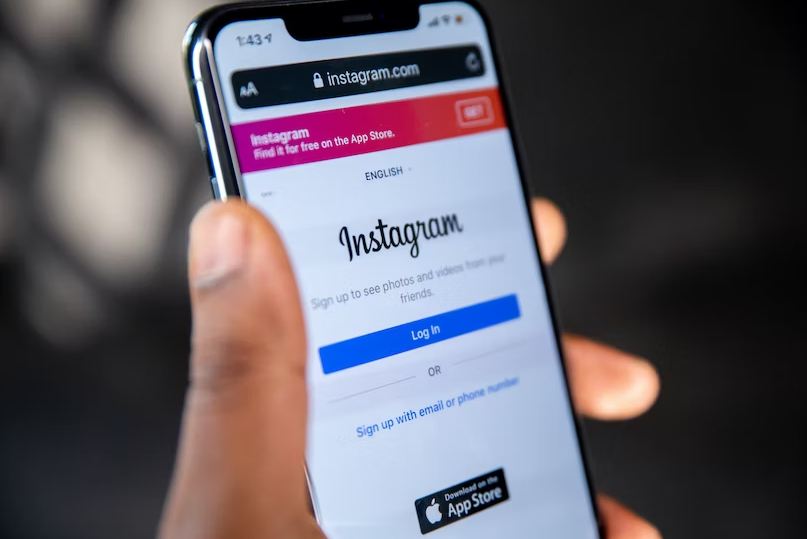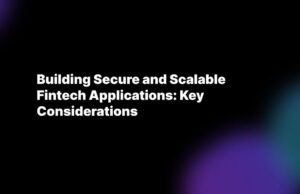Social media has become an integral part of the lives of teenagers, offering both opportunities and challenges. While it provides a platform for self-expression, connection, and information sharing, concerns have been raised about its impact on teenage mental well-being.
In this article, we discuss the complex relationship between social media and teenage mental health, shedding light on its potential benefits and risks.
The Role of Social Comparison
Social media platforms often foster a culture of comparison, where teenagers constantly compare their lives, appearances, and achievements to others. This can lead to feelings of inadequacy, low self-esteem, and increased anxiety.
The curated nature of social media posts may create an unrealistic perception of others’ lives, fueling dissatisfaction and depressive symptoms. Encouraging teenagers to cultivate a healthy perspective and practice self-compassion can help mitigate the negative effects of social comparison.
Cyberbullying and Online Harassment
One of the significant risks of social media is the prevalence of cyberbullying and online harassment. Teenagers may face relentless bullying, peer pressure, and exclusion online, which can severely impact their mental well-being.
In a Pew Research Center study conducted in 2022, it was found that approximately 15% of teenagers reported experiencing persistent inquiries about their location, activities, or companions from someone other than their parents.
Additionally, around 10% disclosed instances of physical threats, while approximately 7% stated that explicit photos of themselves had been shared without their knowledge or consent. In total, about 28% of young individuals surveyed indicated they had encountered various forms of cyberbullying.
It is essential for parents, educators, and social media platforms to work collaboratively in creating safe online environments and educating teenagers about digital citizenship and responsible online behavior.
Harmful Content and Lawsuits
Social media platforms, including Instagram, have faced significant criticism for their role in promoting harmful content that negatively impacts teenage mental well-being.
According to TorHoerman Law, these platforms have been accused of hosting content related to self-harm, unrealistic body standards, eating disorders, and other destructive behaviors. The accessibility and wide reach of such content can be detrimental to vulnerable teenagers.
According to a post by the American Psychological Association, evidence suggests that exposure to destructive behavior may encourage similar behavior in youth who are already predisposed to it. Additionally, the reinforcement of these behaviors through online social interactions can contribute to a higher likelihood of experiencing severe psychological symptoms, which can have negative impacts on their offline lives.
In recent years, the negative impact of social media on teenage mental well-being has prompted action. Instagram has especially been at the center of attention and has faced several lawsuits related to the promotion of harmful content. The Instagram lawsuit claims that the social media giant’s algorithms prioritize content that promotes harmful behaviors and perpetuates unrealistic standards of beauty, leading to adverse effects on teenage mental health.
Fear of Missing Out (FoMO)
The fear of missing out is a common phenomenon among teenagers in the age of social media. Constant exposure to friends’ activities and events can create anxiety and a fear of being left out.
According to the Social Media Victims Law Center, FoMO is a type of anxiety that cannot be alleviated simply by getting distracted. This anxiety makes social media the utmost priority and infiltrates every aspect of a person’s life. Instead of fostering a sense of connection with others, social media often has the opposite impact.
The pressure to participate in every social gathering or event can be overwhelming. Encouraging teenagers to prioritize their well-being, engage in offline activities, and set healthy boundaries with social media can help reduce FoMO-related stress.
Impact on Sleep and Mental Health
Excessive social media use, particularly before bedtime, has been linked to disrupted sleep patterns and poor mental health among teenagers. The blue light emitted by screens can suppress melatonin production, leading to difficulties falling asleep and maintaining a proper sleep routine.
Moreover, exposure to distressing content or cyberbullying during nighttime can heighten anxiety levels. Promoting healthy sleep hygiene, such as setting digital curfews and practicing relaxation techniques, is crucial for maintaining teenage mental well-being.
Positive Influence and Supportive Communities
While social media poses challenges, it also offers spaces for positive influence and supportive communities. Online support groups and mental health resources provide teenagers with opportunities to connect with others facing similar struggles.
Sharing experiences and seeking advice from empathetic communities can contribute to improved mental well-being. Encouraging teenagers to follow positive role models and engage in uplifting online content can foster a more positive social media experience.
Striking a Healthy Balance
Finding a good balance between social media and offline activities is critical for adolescent mental health. Limiting screen time, getting enough exercise, exploring hobbies, and spending time together with relatives and close friends are all important aspects of living a balanced life.
Encouraging open conversations, setting boundaries, and monitoring social media usage can empower teenagers to make informed decisions and prioritize their mental health.
Final Thoughts
The interaction between social media and adolescent mental health is complicated and multifaceted. While social media allows for self-expression and connection, it also poses major threats to the mental health of youth. The popularity of social comparison, cyberbullying, hazardous material, fear of missing out, and the influence on sleep draw attention to the possible negative consequences.
It is crucial to note, however, that social media may also have beneficial impacts and supporting networks. Striking a healthy balance between offline and online activities, building digital citizenship, and encouraging open dialogues are all important tactics for reducing the hazards and optimizing the advantages of social media in boosting adolescent mental health.




